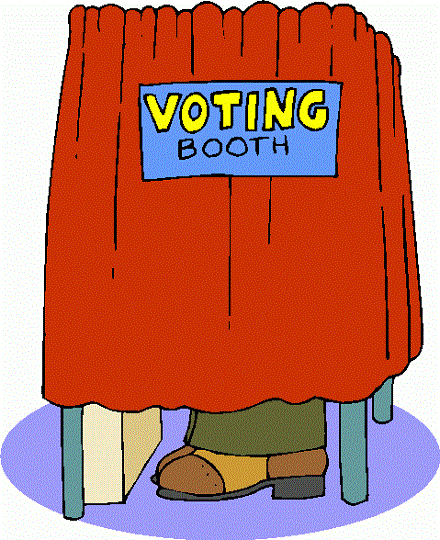Every Vote Counts – Counting Every Vote
This past Tuesday, beginning at 6:00 a.m., Chicago’s voters flocked to the polls to vote in the municipal elections—the mayor and city council. I, however, was on the other side of the election system, acting as one of three election judges at one of the precincts in the 48th ward.
This was my first time serving as an election judge. In the weeks preceding Election Day, all judges were required to attend a three-hour training session during which we were taught how to properly set up and close down the polling place, as well as learning how to use the equipment. We were warned to use extra care when assisting individuals, especially if they aren’t registered, because we cannot turn away voters. That would be denying someone the right to vote, thus breaching the 14th and 19th Amendment and would constitute election fraud. Though it sounded extremely intimidating during training, it definitely was not all that nerve-racking, when it came down to handling these types of cases onsite. On the day of voting, all judges had to be at their designated precinct at the crack of dawn, 5:00 a.m. to be exact, to set up the polling place. We were to remain at our stations until the polls closed (at 7 p.m.), then help put away all the equipment. I stayed a little past eight. As a first time election judge, both the facilities and the processes were very unfamiliar, so for me, it was a fresh learning experience. But, perhaps because I’m a “millennial” majoring in computer science, one observation about the voting system left me quite intrigued. You would think that, in this day and age, everything would be electronic, but paper ballots worked much faster, because the touch screen machine loaded slowly and malfunctioned more than a few times. Of all 209 voters at my precinct, only one was an electronic ballot.
My precinct had a 37% voter turn-out rate, about 10 percent higher than the overall day-before prediction. Dick Simpson, a political science professor at the University of Illinois at Chicago and a former Chicago alderman, pointed out that “snow and cold do tend to depress voter turnout.” However, Jim Allen, a spokesman for the city’s election commission, attributes the low numbers to decreased interest, insisting that “Voter interest drives turnout. Not weather, not sunshine” (Red Eye). I find that an interesting argument to ponder.
Although a majority of the election judges were relatively older in age, the student election judges, like myself, who had classes on the day of elections, by Illinois law, could not be “counted as absent from school on the day they serve as judges.” Though it was a long day at the polls, participating in the democratic process, at the voting site and in real time, was certainly an unforgettable experience, especially meaningful since I turned 18 not too long ago and have not had the chance of voting yet.
Image from: http://4.bp.blogspot.com/-thFAAu8wKaQ/T2JxTHJz6mI/AAAAAAAAQeI/CMRbKFAP5Vo/s1600/voting_booth.gif
